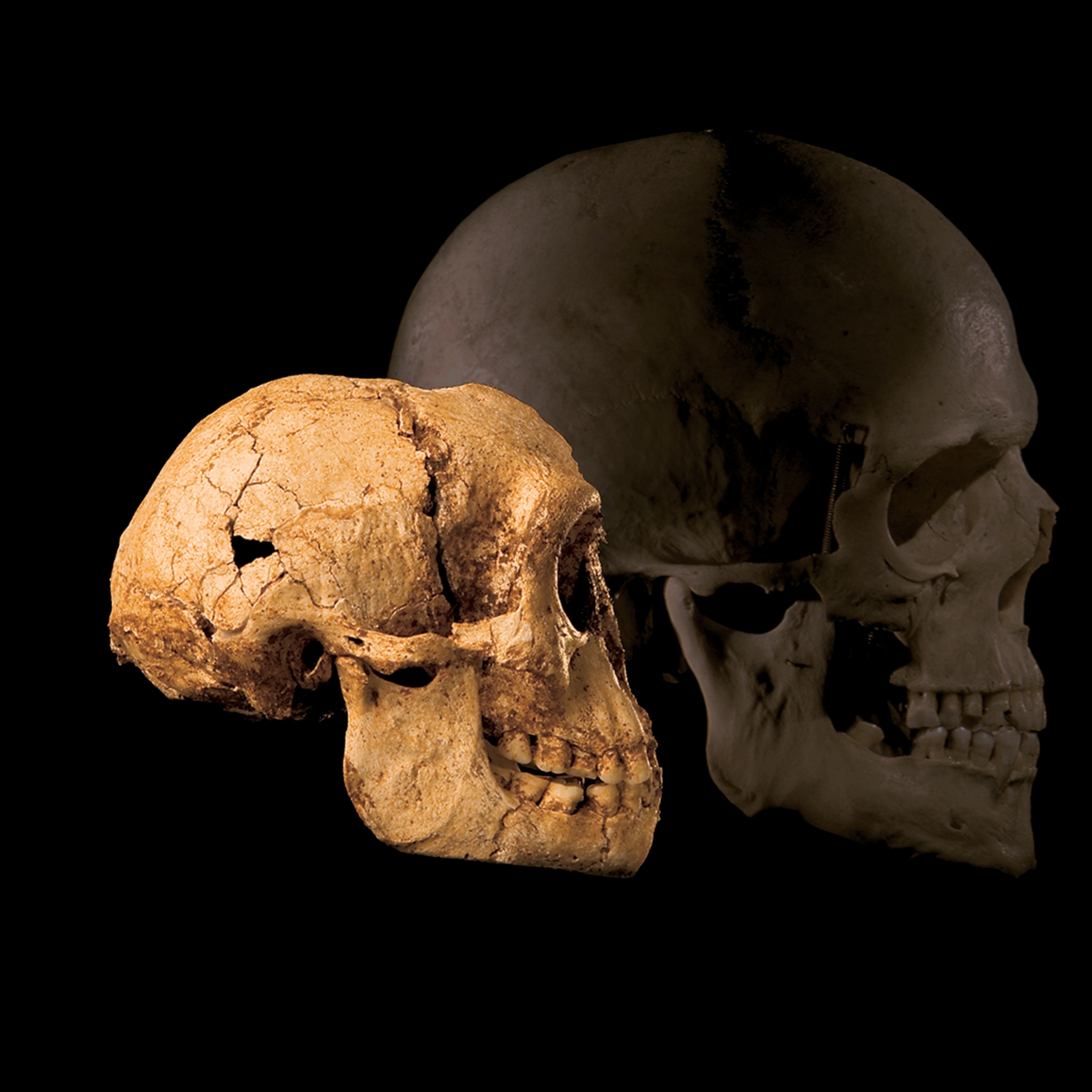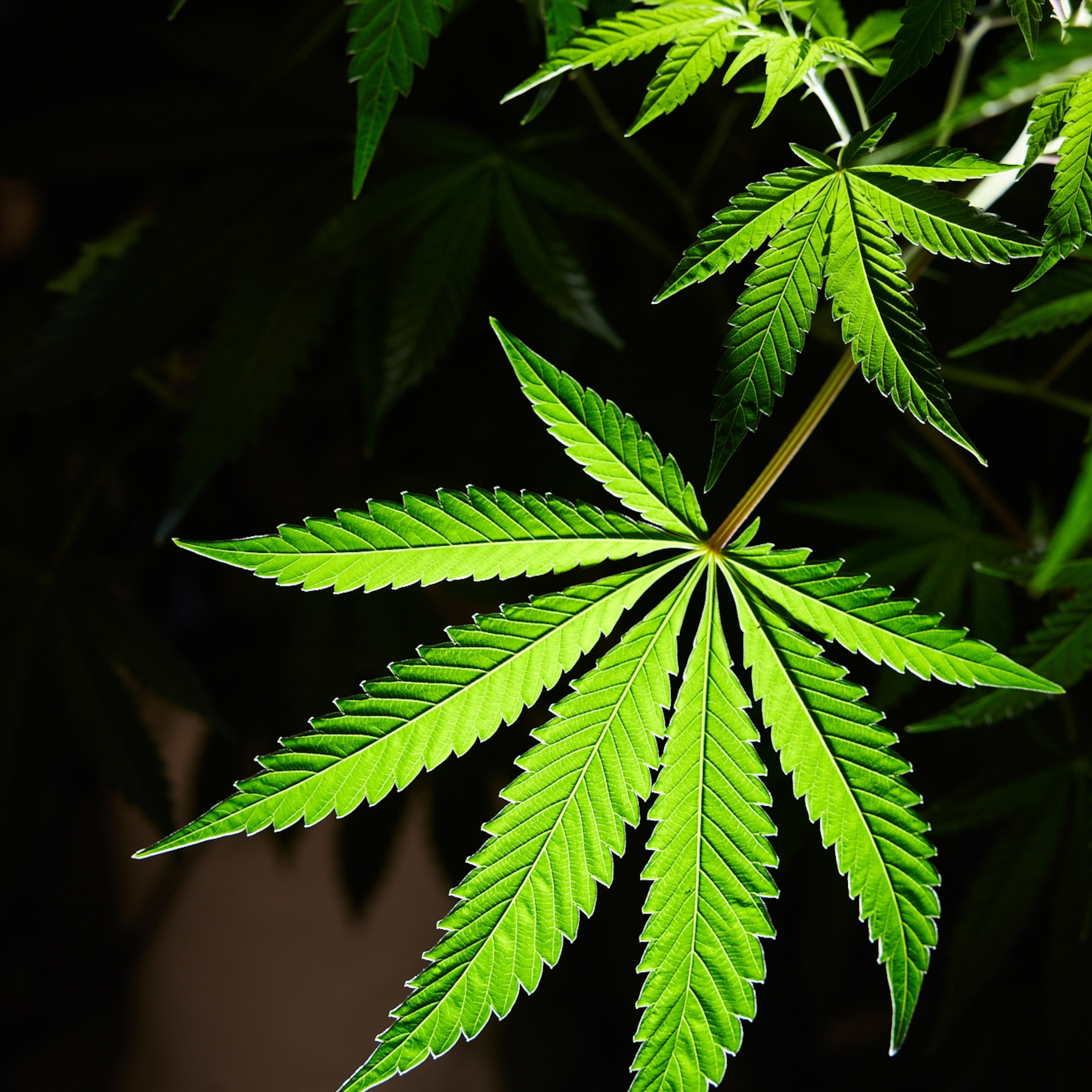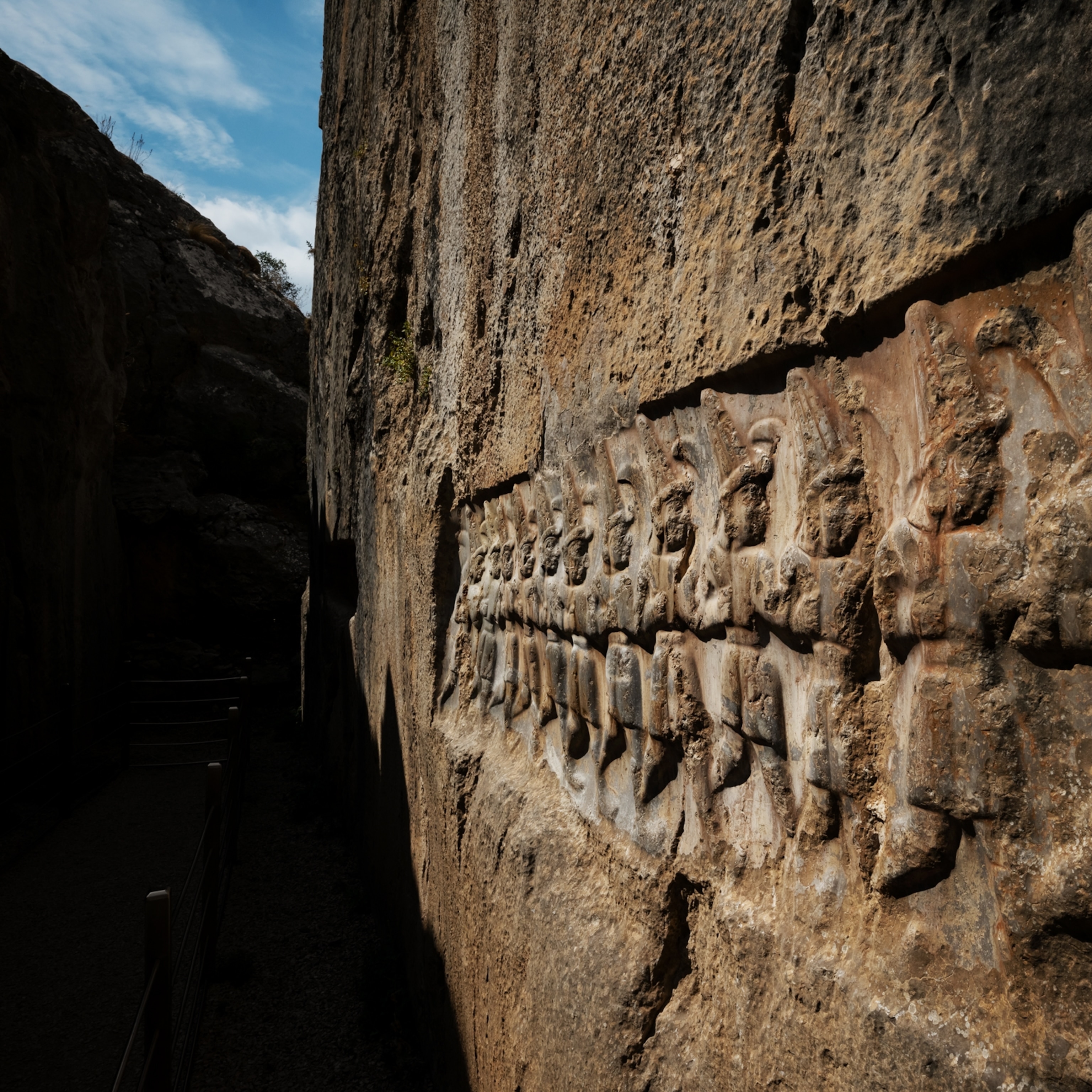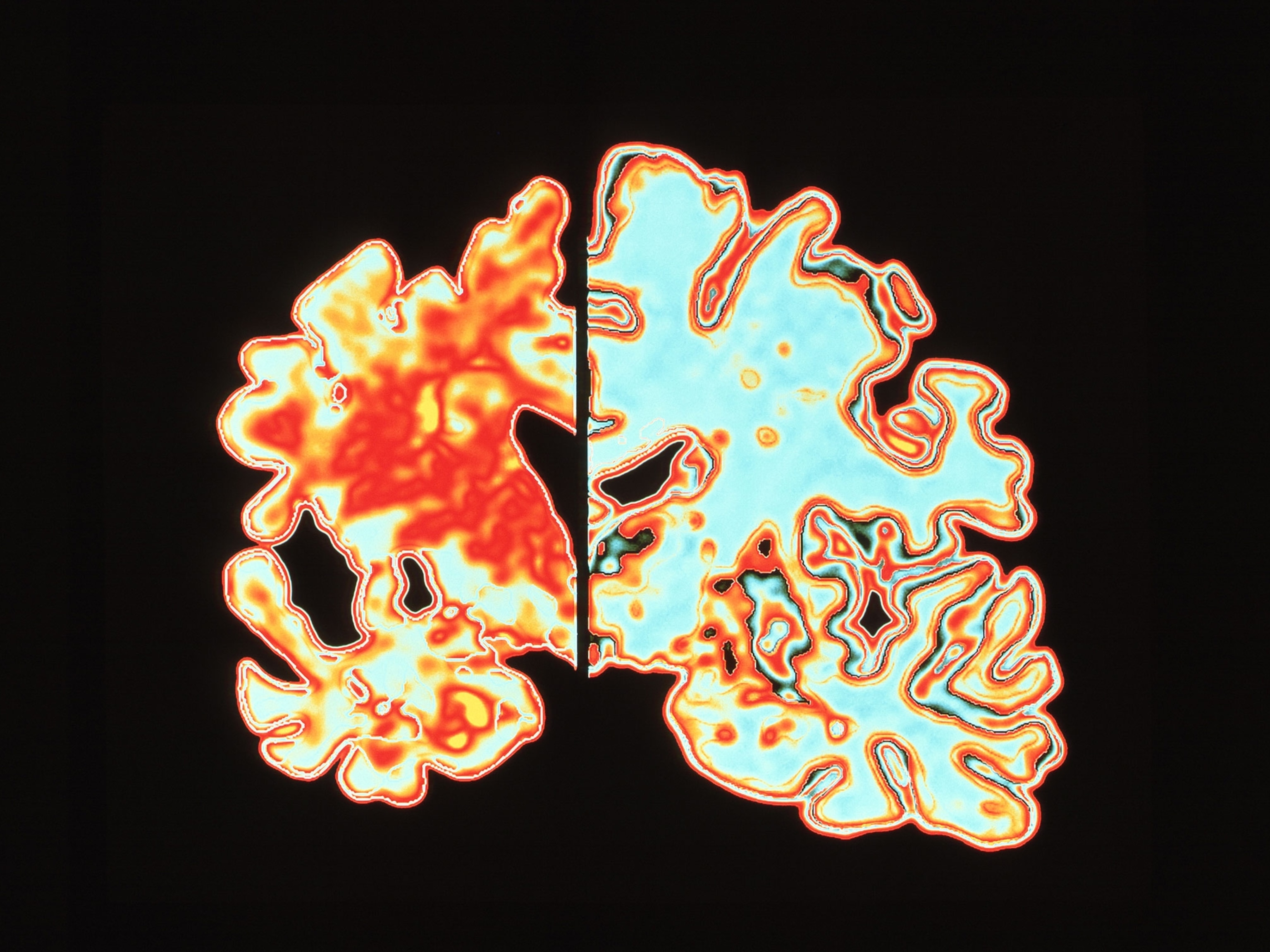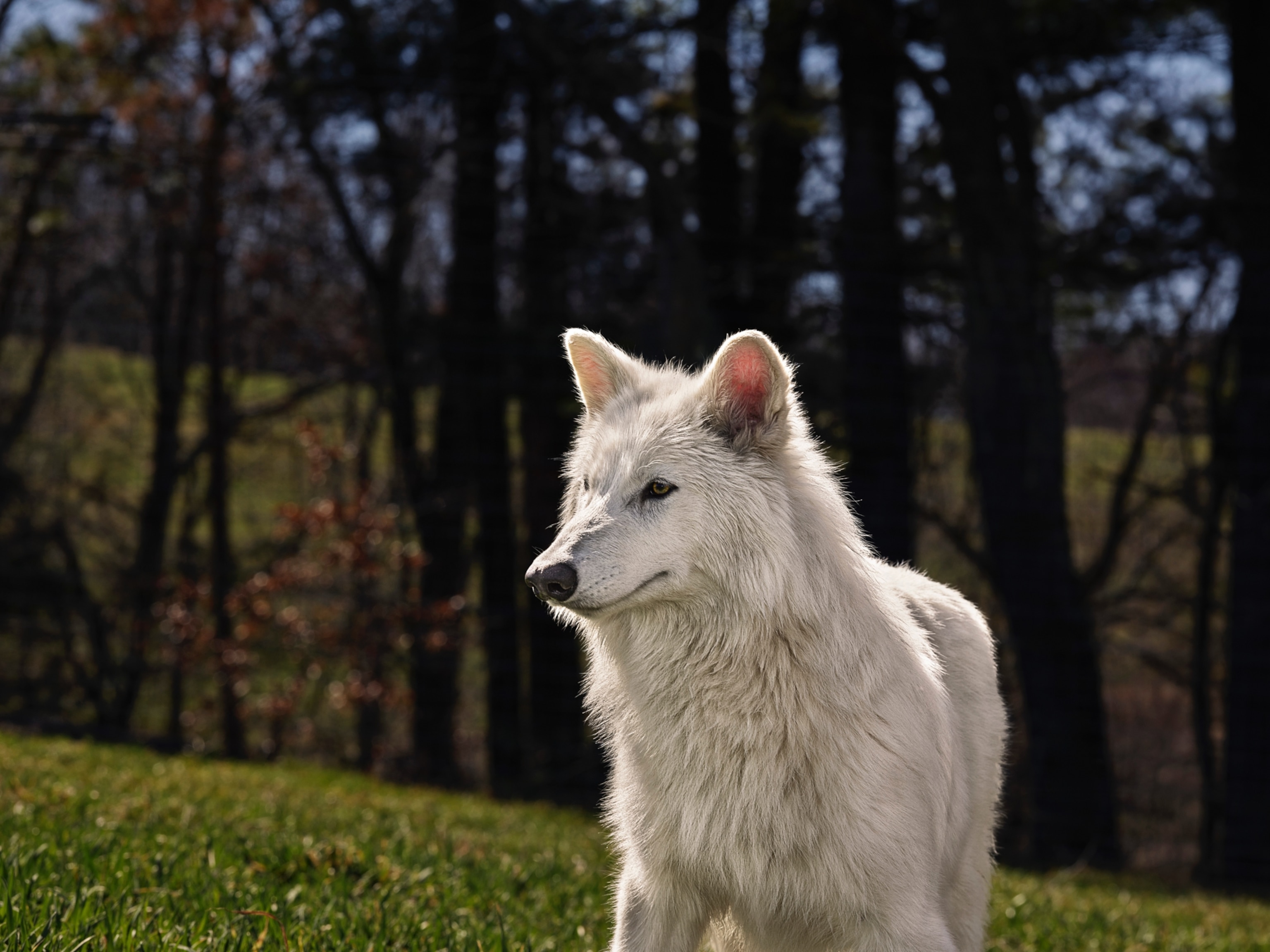The ancient Egyptians mummified more than just human corpses. Animals were viewed not only as pets, but as incarnations of gods. As such, the Egyptians buried millions of mummified cats, birds, and other creatures at temples honoring their deities.
Because of the sheer scale of animal mummy production, many archaeologists thought the vast majority were churned out in relatively slipshod fashion. But a new study suggests the mummification techniques ancient Egyptians used on animals were often as elaborate as those they employed on the best-preserved human corpses.
Researchers at the University of Bristol, England, conducted the study, which is described in tomorrow's issue of the science journal Nature.
The team examined samples from four animal mummies—two hawks, a cat, and an ibis—dating from 818 B.C. to 343 B.C. The mummies are housed in the collection of the Liverpool Museum in Liverpool, England.
The researchers analyzed samples of tissue and wrappings using a combination of gas chromatography and mass spectrometry—methods so sensitive they can enable scientists to detect and identify different chemicals in fragments weighing as little as a tenth of a milligram (three and a half millionths of an ounce).
Chemicals detected in tissue samples from the animal mummies revealed the presence of various natural products found in human embalming materials used by the ancient Egyptians. These included animal fats, oils, beeswax, sugar gum, bitumen, and pine tree resins. The researchers found these products had also been applied to the bandages used to wrap up the mummies.
"Millions of animal mummies are known to exist, and there is some debate whether they were treated with the same sort of reverence and sophistication as human mummies," said Richard Evershed, the study's coauthor. "We found pretty much exactly the same materials were used on both."
Evershed concedes that many more animal mummies will need to undergo chemical analysis before any firm conclusions can be drawn. But he noted: "If you started to find the same range of different embalming agents on these mummies as you did on humans, then you'd say it looks like [the ancient Egyptians] were taking some care over this."
Preventing Decay
Organic material decays rapidly, especially in hot climes like that of Egypt, Evershed said. Therefore, it was important for embalmers to remove water along with a corpse's internal organs before mummification. (Water is essential for bacteria, which can quickly rot a corpse.)
To dry out a body, the ancient Egyptians rubbed salt into the corpse. Substances such as oils, beeswax, and pine tree resins—which repel water and microbes—were then applied.
"To preserve something for hundreds or thousands of years, the most important thing is to halt rehydration and microbial decay," Evershed said.
John Taylor is an Egyptian-antiquities expert at the British Museum in London. He says animal mummies represent a largely untapped resource for scientists and historians.
"Lots of [animal mummies] are still sitting wrapped up in collections and haven't even been x-rayed," he said.
Taylor said in many cases animal mummies appear to have been smeared or dunked in some kind of resin and oil before being wrapped—a process far less complicated than that observed in human mummies.
He said the vast majority of these animals were mummified because of their link with ancient Egyptian gods.
For example, cats were seen as the incarnation of Bastet, goddess of music and joy and protector of women. The Apis bull, a sacred animal to the Egyptians, came to be known as the incarnation of Osiris, god of embalming and cemeteries. Likewise, ancient Egyptians associated hawks with Horus (the god of light), ibises with Thoth (the god of wisdom and learning), and so on.
"If a sacred animal was mummified and formally presented to a god, that was a sign of devotion on the part of someone making a pilgrimage to a temple," Taylor explained. "You could come along and pay to have an animal dedicated in your name, and then the priests would bury them in a large cemetery."
Many of these animals were killed deliberately, with x-rays revealing, for instance, that huge numbers of cats found in temple cemeteries had their necks broken while still relatively young.
Animal Cemeteries
Taylor said some animal cemeteries contain literally millions of examples of one particular species. "You can't image that all of them were given the most elaborate treatment," he added.
However, Taylor agrees there is no doubt that some animals were preserved to an extremely high standard.
"In the case of the Apis bull, for example, we know that mummification was a very ritualized process that was taken extremely seriously. It was certainly no less elaborate than the mummification of an important human," he said. "But to what extent does that elaborate care for animals extend further down the scale?"
"Specimens from museum collections have often been selected because they are the finest specimens," Taylor added. "They don't necessarily represent a cross section of what was actually found."
Lizard, fish, and even beetle mummies from ancient Egypt have been unearthed. Pets were also mummified and buried in tombs with their owners. Such pets weren't limited to dogs and cats but included baboons, monkeys, and gazelles.
As with other animals, the exact embalming procedures involved in pet mummification remains largely unknown.
Evershed, the study coauthor, said, "The mummification process just isn't documented by the ancient Egyptians, which is why we are doing the chemical analysis. It was a secretive process."
He said further mummy studies should help unravel other mysteries about ancient Egyptian society. For instance, knowledge of the precise embalming agents used should shed new light on the extent of trade between Egypt and its neighbors.
"Coniferous [tree] resin was widely found around the Mediterranean, and Romans traded it very widely," Evershed said.
Just like those famously bandaged Pharaohs, it seems the vast menagerie of animal mummies left behind by the ancient Egyptians have many more secrets wrapped within.

